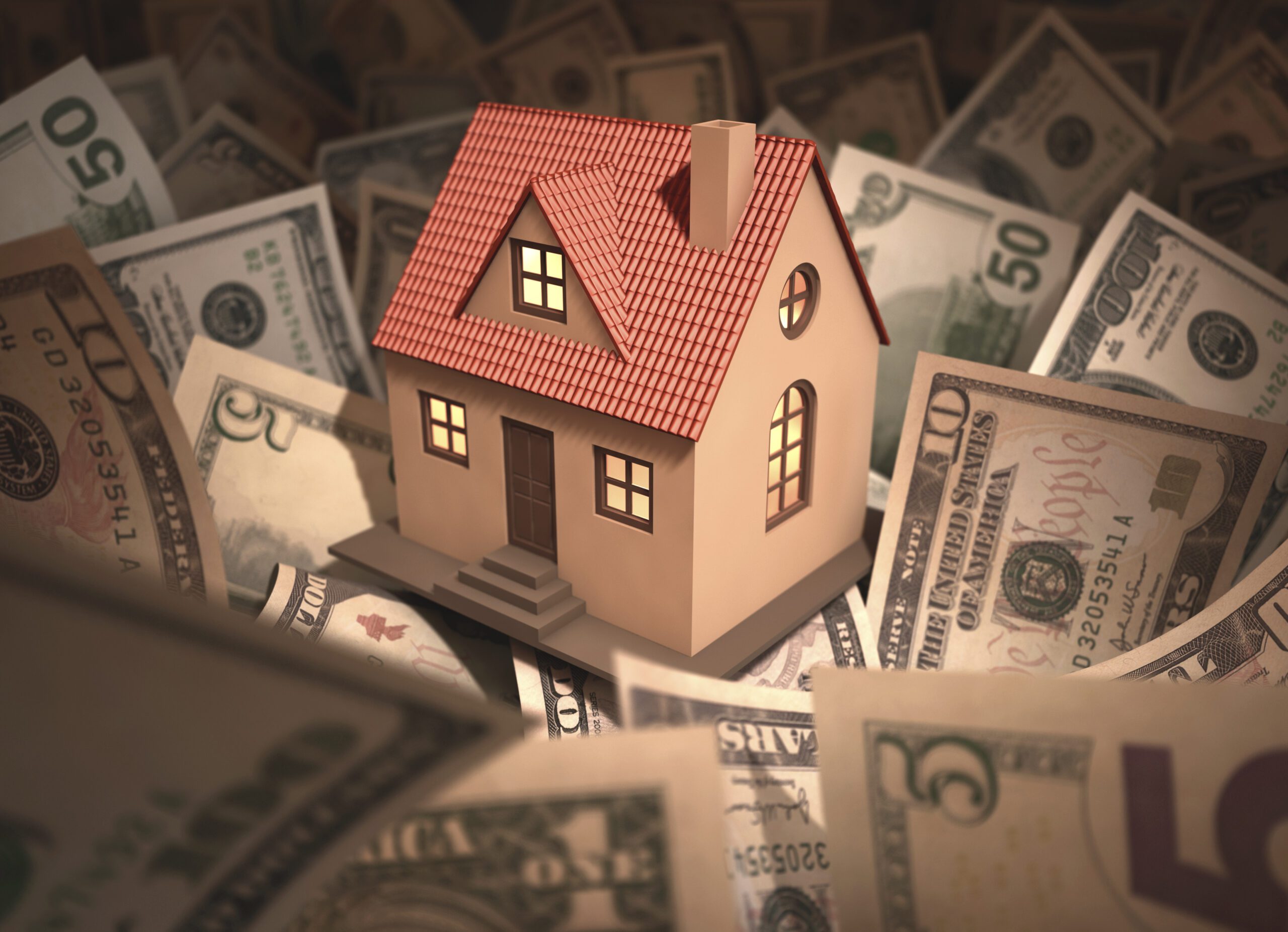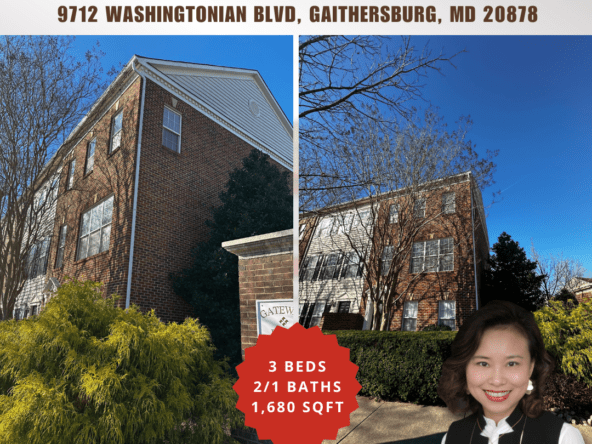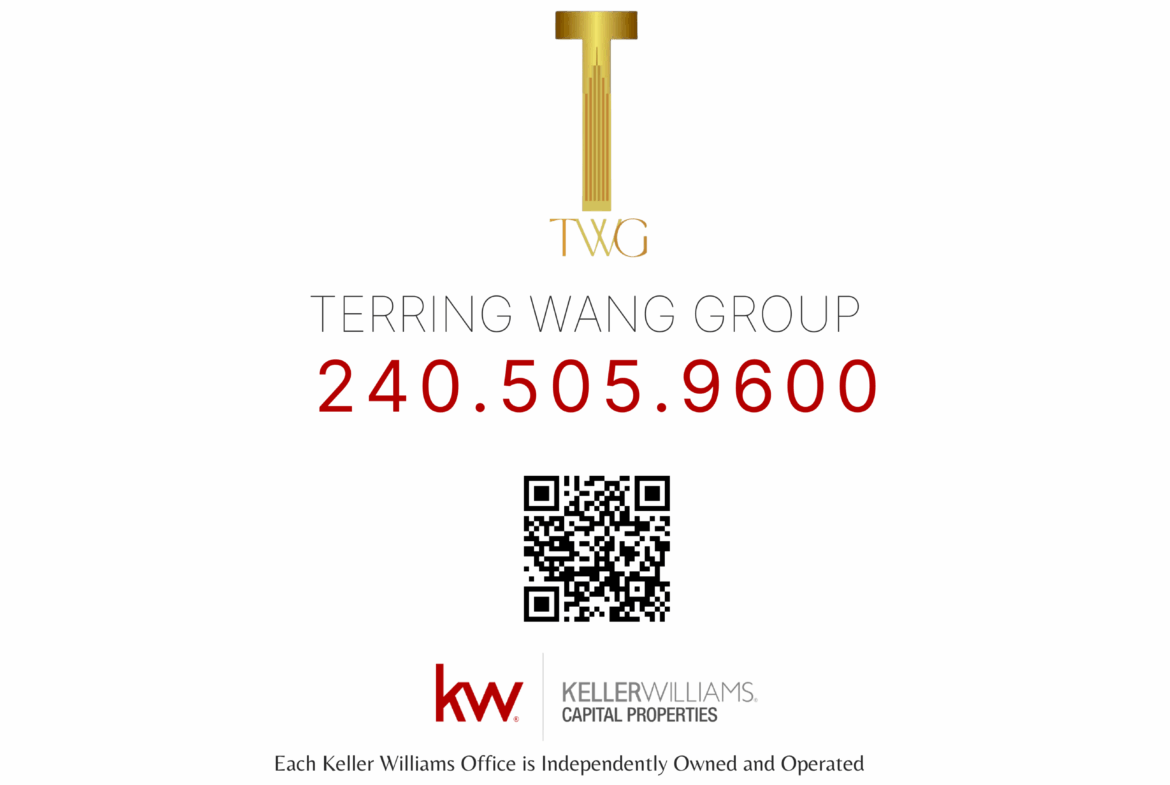Curious to learn more about how to make money in real estate? Are you itching to invest? We don’t blame you—real estate can be a solid investment as part of an overall portfolio, and a great way to ramp up cash flow.
But what’s the best way to invest in real estate—without too much risk? There are two main real estate investing strategies: Fix and flip, or buy and lease out your real estate purchases.
Real estate can be an exciting avenue to significant dividends. Hopeful landlords, though, should carefully evaluate front-end expenses and long-term work before deciding to invest. Let’s wade into the pros, cons, and money-making potential of each real estate investing option, to help you determine if they’re right for you, based on expense, income, and risk.
Do you have the chops to be a real estate investor? Real Estate Investing 101 starts now.
Make money in real estate with The fix and flip
Flipping houses makes for must-see TV, but it can also make for a lucrative real estate investment strategy if you do it right. In fact, a recent ATTOM data report found that homes flipped in the third quarter of 2022 yielded an average gross profit of $62,000. But profit margins continue to shrink
It also found that home flippers received returns of 25% on average, with some markets way above and others much harder to eke out any profit at all. For prospective flippers in cities where profit margins remain high, 25% represents some pretty impressive real estate investing and cash flow—who wouldn’t want to invest under those circumstances?
Sit tight, though. There are two sides to this real estate coin. This type of investment has some distinct perks and pitfalls.
Advantages of flipping
Aside from sizable profits, here are some of the other main benefits of the fix-and-flip real estate approach, particularly in the case of multiunit and single-family homes:
Flipping is cheap: Most real estate investors who focus on fix and flips typically try to find distressed properties such as foreclosures, which are usually sold for under market value, says Than Merrill, CEO of FortuneBuilders. That translates into a smaller upfront investment and less mortgage loan financing needed from your lender.
Flipping is fast: Buy a single-family home, make repairs, and you’re out. Bam! Get your cash, and get out. Short-term real estate success. No begging tenants to pay rent every month. No unending repairs list to tackle. At least, that’s the idea. The average length of time it takes to fully rehab and sell a property or piece of real estate is 163 days, according to ATTOM. This means that you or your investor’s capital won’t be tied up indefinitely in your real estate purchase. Real estate investing win!
And second, since you will (hopefully) only be holding onto the real estate in the short term, you’re unlikely to be affected by market fluctuations—or the headaches of long-term real estate ownership.
“The best benefit of fix and flips is the fact that investors do not have to deal with becoming a landlord, or dealing with property managers and tenant nightmares,” Merrill says.
Even after you have gone through the arduous process of finding reliable tenants for your real estate investment, it’s possible they may damage the property or skip out on rent payments. Not all renters are created equal, and plenty of real estate investors know this firsthand. Telling someone to pay up or hit the road can be a lot more time-consuming than it sounds and can throw a wrench into your once-seamless investing strategy.
“Tenant issues tend to eat up a lot of time and money and cause unnecessary stress,” Merrill notes.
Potential flip flops
But real estate flipping does come with downsides, like the following investing detail:
Transactional costs: Obviously, the first action you take with a real estate flip is the “fix,” and home repairs can be expensive.
You can cut costs by doing some of the rehabs work yourself. Find a contractor you trust to give you a realistic estimate of the budget you’ll need. Be sure this budget reflects how much you’re truly willing to pay to get the property into sell-worthy shape.
Once renovations begin, remember that time is literally money in real estate. If you don’t have an efficient timeline for the work, you’re likely to sacrifice precious cash. And don’t forget the mortgage interest payments, which accumulate while the property is being rehabbed.
Unforeseen complications: These might range from zoning or permit complications to gas, electrical, or septic problems. Due diligence can help you sidestep many issues and protect your real estate investment, but be sure to include room in your budget for unanticipated hurdles.
And make sure your renovations are done with the proper permits and paperwork; otherwise, you may have trouble selling it later. More than a few real estate buffs have learned this the hard way. It’s a real estate investing headache you’ll want to skip at all costs. Do your research before you invest!
Make money in real estate with Buy and rent
Recent Realtor.com data has found that rent prices continue to rise, which may make snagging a rental property an attractive income-producing option. That means more profits for wannabe landlords and real estate hawks who decide to buy property, then rent it out for a continuous income stream. It’s the sort of investing scenario people envision when they decide to invest.
“The higher that rents continue to climb, the more profits passive income investors should be able to realize,” Merrill says.
Advantages of renting
This “buy and hold” approach comes with its own unique benefits, like the following:
A steady income stream: Rent, right? Ideally, it covers your mortgage payment, but also your property taxes, HOA dues, insurance, and all other costs, with maybe a little something left over for you, the hard-working investor.
Long-term wealth potential: Since real estate has historically appreciated over time, it is likely that the longer you hold the rental property, the more you can make. You can also outlast the market dips, sitting out market downturns until conditions improve while continuing to collect rent and chip away at your mortgage pay-down (if you have one).
The risks of renting
Yet there are dangers to this investment strategy as well:
Maintenance hassles: Clogged toilets. Broken garage doors. Rodents. The fix-it list can be endless, and many rental property owners are tasked with handyman duties, as well as coaxing their tenants to pay their rent on time. Don’t underestimate the challenge of finding and keeping quality tenants! If you’re not cut out for all that work, you can hire a property manager, but it comes at a cost, of approximately 6% to 12% of the monthly rent payment.
Tied-up capital: While you will probably be receiving a monthly cash flow from your rental, the bigger payoff can be a long way down the road, since you’re holding the property longer than you would a home you’re flipping. That means that you could miss out on other real estate investment opportunities since your capital is not available until you sell.
A cautionary note
By now, the prospect of investing in real estate may seem either terrifying or more exciting than ever. And while both options offer the potential for making money (even wealth), real estate investing is not for everyone, cautions Realtor® Ed Laine, partner/broker of Miller Laine Properties in the Seattle area.
“It can be a great investment and deliver some significant returns, but I have seen that people with lots of enthusiasm and little experience can make huge mistakes. A knowledgeable real estate agent can help ensure you don’t inadvertently buy a nightmare.”
Source: Realtor.com




